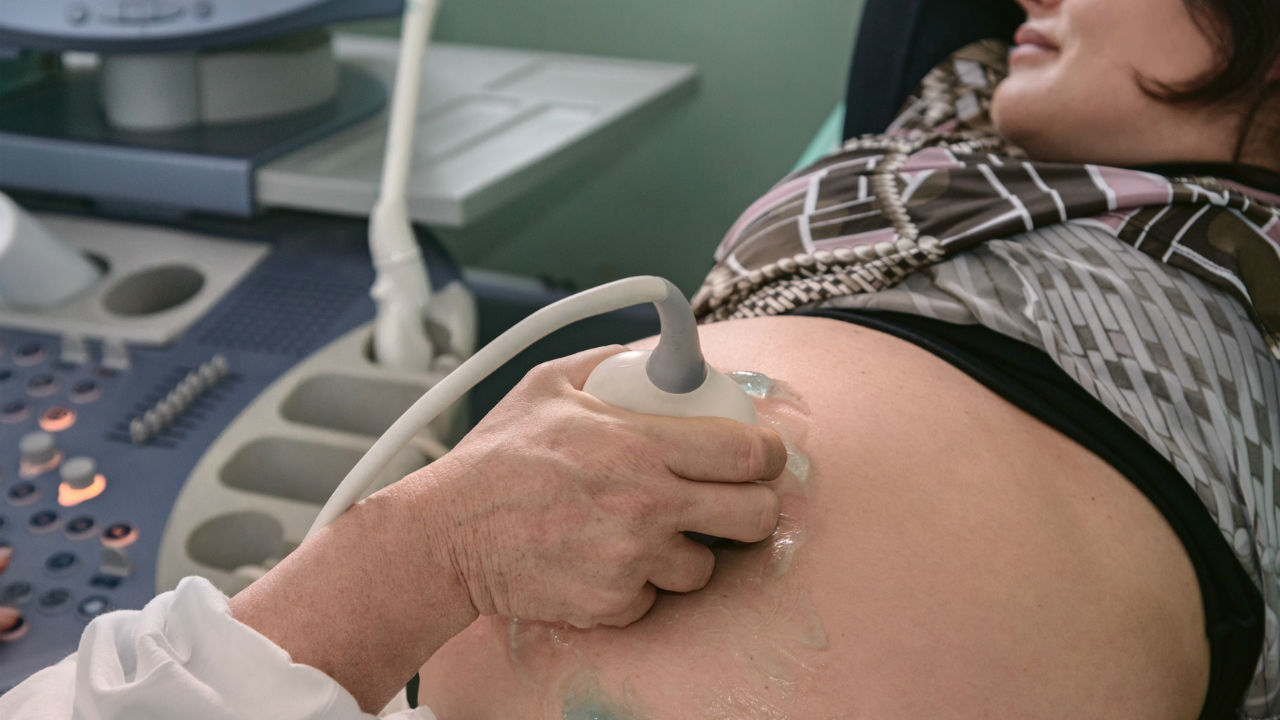If preeclampsia is going to make its presence known to a prospective mother, it will usually do so twenty or more weeks into a pregnancy.
Blood pressure will become abnormally elevated. Protein will be found in the urine, and fluid retention is also common. A diagnosis of preeclampsia will be made in part by the use of a series of blood pressure readings and urinalysis.
Other symptoms of preeclampsia which may occur can include pain in the abdomen, blurry vision, nausea, dizziness, headaches and vomiting.
In the past preeclampsia was frequently known as toxemia or pregnancy-induced hypertension. Approximately 5 percent of all pregnant women in the U.S. will experience preeclampsia.
Women who are under the age of 20 years, or over the age of 35 years, are most prone to preeclampsia. Women who are pregnant for the first time are more at risk than women who have been pregnant before.
Women who are obese, have gestational diabetes, or who have a multiple pregnancy are also at high risk of preeclampsia.
In many cases, the symptoms of preeclampsia will be mild and will remain so as long as the pregnant woman takes deliberate care of her health.
Before 37 weeks, if the preeclampsia symptoms remain moderate, the doctor will probably want to see the pregnant woman more often, and she will be asked to rest, drink plenty of water and reduce her intake of salt.
Preeclampsia that is not controlled early on can result in a very serious condition called eclampsia which can lead to seizure or coma.
If the prospective mother's pregnancy is at less than 37 weeks gestation, her doctor's goal is to get her as far along as possible in her pregnancy with safety.
Once she has reached 37 weeks, the doctor will probably decide to induce an early labor in the interest of the safety of mother and child.
Preeclampsia can prevent sufficient blood from passing into the placenta. The baby will be getting less nourishment and oxygen, and may have a low birth weight as a result.
In most cases though, if preeclampsia has been diagnosed and treated promptly, these prospective mothers should be able to have a normal labor and delivery, and a healthy baby.
Once set in motion, preeclampsia can only be resolved by giving birth. After the child is delivered symptoms of preeclampsia will begin to ease, with blood pressure returning to normal in a matter of weeks.
Resources:
Preeclampsia
http://www.mayoclinic.com/health/preeclampsia/DS00583/DSECTION=risk-factors
What Are the Symptoms of Preeclampsia?
http://www.wisegeek.com/what-are-the-symptoms-of-preeclampsia.htm
Recognizing Symptoms of Preeclampsia
http://www.brighthub.com/science/medical/articles/38706.aspx
What Does Protein In My Urine Mean During Pregnancy?
http://www.amazingpregnancy.com/pregnancy-articles/555.html
Visit Jody's website and blog at http://www.ncubator.ca and http://ncubator.ca/blogger






Add a CommentComments
There are no comments yet. Be the first one and get the conversation started!